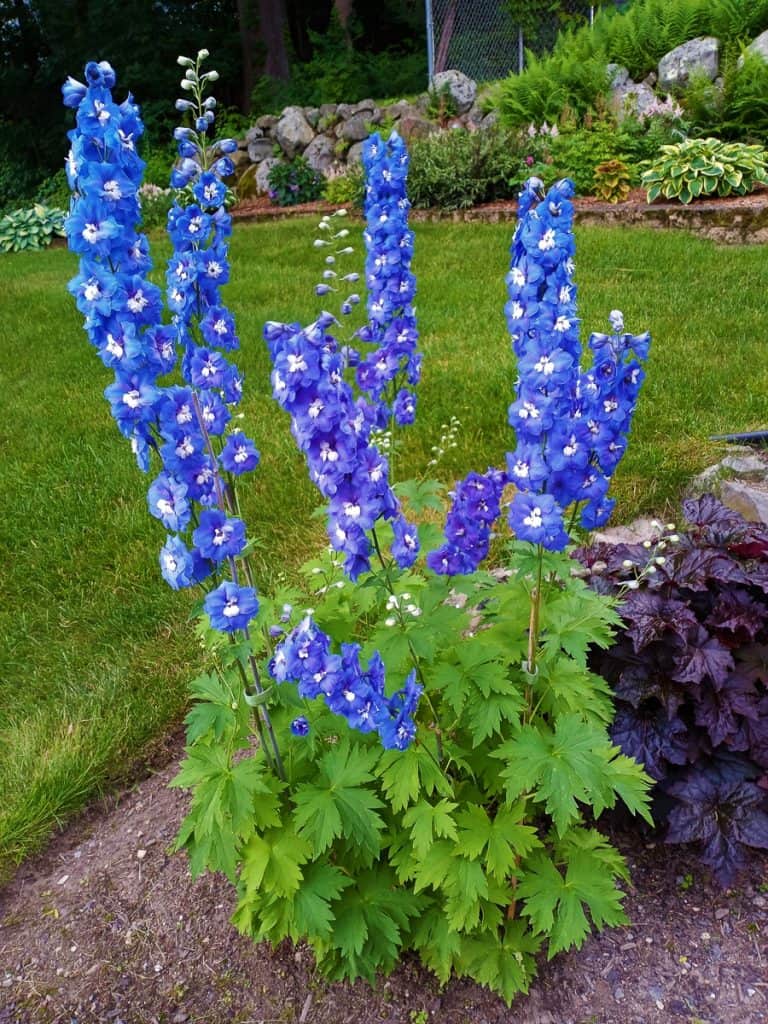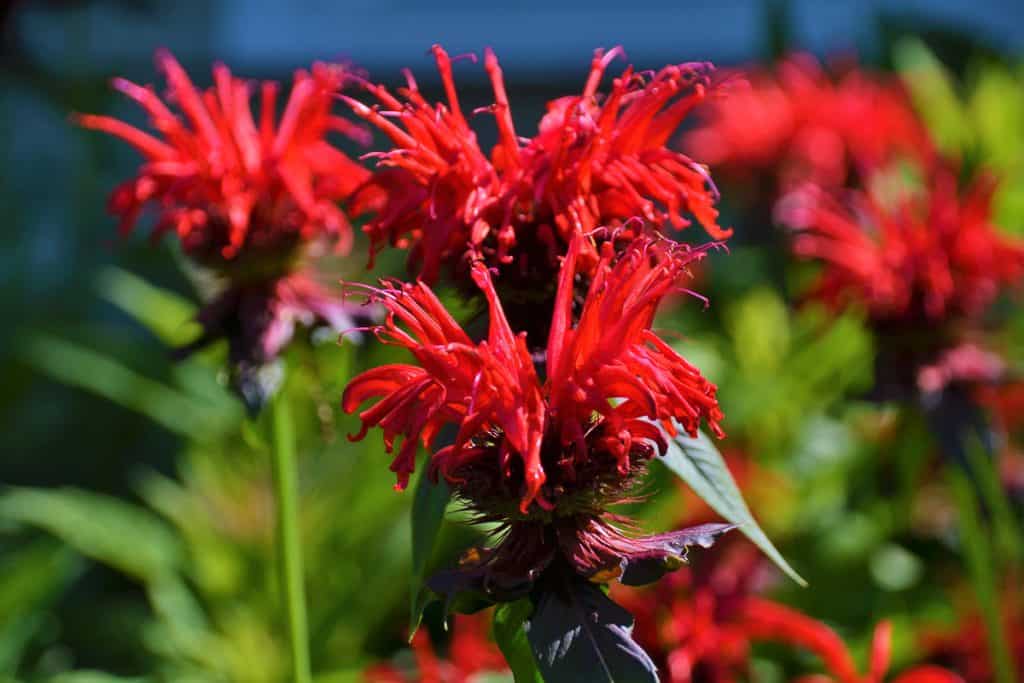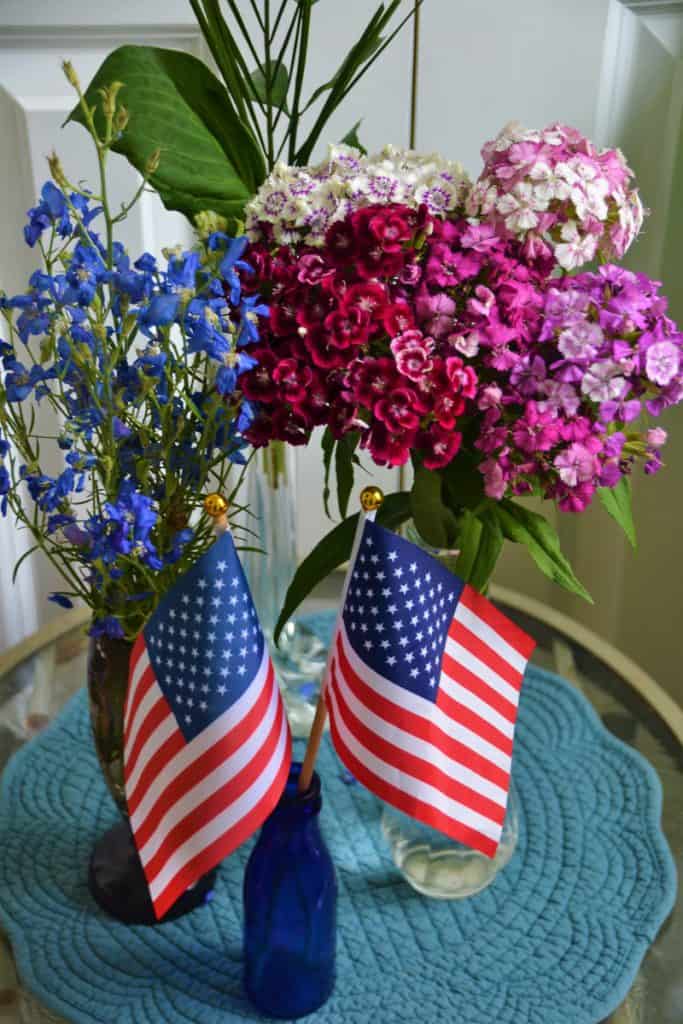Here’s what’s blooming in town this week to make your walks more enjoyable
A leisurely stroll on the rail trail may still be full of purpose. If you see the common snapping turtle (Chelhydra serpentina) on the rail trail or crossing a road at this time of year, it is likely a female seeking a sandy location to lay eggs. Snapping turtles are heavy and can bite as well as kick with their strong legs, so it is not generally wise to pick them up unless you know what you are doing. They usually return to sites near where they have buried eggs before where sandy soils make it easy to dig. Turtle eggs are softer and lack the hard shells of bird eggs, and the covering of sand helps hide them from predators, such as raccoons.
On this first day of July, we are looking forward to the country’s anniversary in just a few days. 246 years have passed since 1776, and many communities are already thinking ahead to the semiquincentennial, or 250th fourth of July. Whether you enjoy celebrating by watching fireworks, attending a parade or having a barbecue at home, this may be the most popular time of year for enjoying the festivities outside. Outdoor tables may be covered with red, white and blue bouquets for a long weekend of summer celebration. There are abundant choices of white flowers blooming in gardens in summer, but true reds and blues are a bit more unusual.
A particularly striking blue flower (Delphinium elatum ‘Aurora Blue’) is blooming in the garden of Dee LeMay on Springdale Avenue. There are about 300 species of Delphinium worldwide, but most of the tall showy varieties are hybrids that include Delphinium elatum in their ancestry. Flower colors are likely to be blue, purple, white and pink, but Delphinium cardinale has bright red flowers. At the centers of each blossom some varieties have miniature petal-like clusters termed “bees” that may be white or tan. Delphiniums are in the buttercup family (Ranunculaceae). The flower’s colorful sepals are often fused into a curved spur at the back, giving it the resemblance to a dolphin (Delphinus delphus), which gave the genus its name. Delphinium flowers often grow on one tall stalk, sometimes reaching as much as six feet tall. Because of this shape, they are sometimes broken from strong winds and may benefit from staking. Scientists are still debating whether about 40 similar plants, generally given a separate genus, Consolida, should be reclassified in the genus Delphinium. These include a popular annual, rocket larkspur (Consolida ajacis), which has narrow foliage and slightly smaller flowers but shows the same spurs and range of colors as many delphiniums. All of these plants should be considered poisonous to eat.
Bee balm (Monarda didyma) is a very charming flower blooming now. While flowers may be pink, burgundy, purple or white, the most widely available and most popular color is bright red. A North American native, it is flowering in the garden at the Saugus Ironworks. This plant was used by many North American native people and was quickly appreciated by European settlers. This is a great plant for pollinators – bees and butterflies enjoy it, and it is one of the plants most attractive to hummingbirds. It is the first flower in my garden that I usually see a hummingbird visiting, as the tubular shape of the individual flowers is very convenient for the hummingbird to reach nectar, while it is a less easy task for the bees to reach down that long tubular shape. Bee balm’s narrow tubular flowers are arranged in a head shaped somewhat like a jester’s cap, or at this time of year we might look at them and think “Fireworks!” The minty smell of the foliage discourages rabbits and groundhogs from eating it, so it is likely to last and multiply in the garden. The variety pictured here is the bright red ‘Jacob Kline,’ which is a five foot tall plant in my garden. They make good cut flowers and are not poisonous if pets in the house decide to nibble.
Editor’s Note: Laura Eisener is a landscape design consultant who helps homeowners with landscape design, plant selection and placement of trees and shrubs, as well as perennials. She is a member of the Saugus Garden Club and offered to write a series of articles about “what’s blooming in town” shortly after the outbreak of the COVID-19 pandemic. She was inspired after seeing so many people taking up walking.






